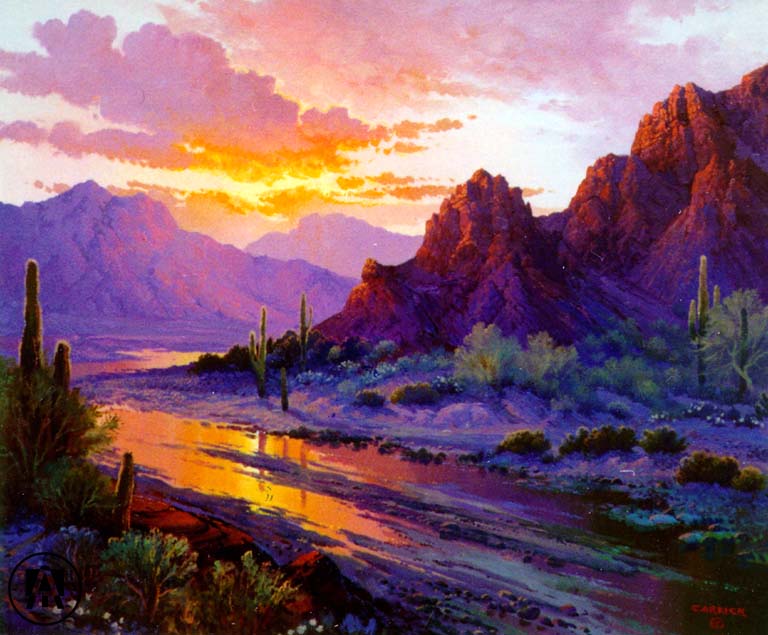
Graduate Take-Home Exam
This exam is open-book, open-notes. Properly attribute words or ideas of
other people (published or not). Please do not collaborate on your
responses; let me know if you require clarification or additional
information. Submit your responses, using an alias, by 17 February 2003 at
noon. Type your answers (double-spaced), and adhere strictly to the
indicated length limits.
-
Some people have indicated that I have a bleak perspective of the human
role in nature (my view was briefly described on 22 January 2003). During
class, I proposed several solutions to the dilemma of simultaneously using
and conserving the world's natural capital. I would like you to propose
others. Specifically, I would like you to identify and describe solutions
at the level of an individual vegetation manager and at the broader
level of society that can be influenced by a vegetation manager
(i.e., sociopolitical solutions). Identify and describe two solutions
in each category (individual, society) that are unique from the ones I
listed in class. [400 words or fewer; 50 points]
In-Class Exam
-
Briefly describe a realistic scenario in which two specific objectives of
vegetation management would conflict with each other. [6 points]
-
The components or processes of the natural world that we choose to
conserve depend to a great extent on human values. These values change
over time, at least at the level of societies. Briefly describe one
example of a societal value that has changed within the last few decades.
[4 points]
-
Do scientists or managers (circle one) have a greater role
in deciding
what components or processes will be conserved? [2 points] List three
factors that influence the decision about what to conserve. [6 points]
-
Briefly describe the goal of science, as viewed by typical members of the
following groups of people. [2 points each]
Scientists
Policy makers
Managers
-
Describe one specific method or approach that can be used to strengthen
interactions between these three enterprises (science, policy,
management). [3 points]
-
Define "hypothesis," as the word is used by contemporary philosophers of
science. [4 points]
-
List the four "spikes" altering our world at a global scale. [8
points]
-
Briefly describe how each of the spikes is related to global
biodiversity. [12 points]
-
Wildland fires require adequate fuel, a dry season to reduce fuel
moisture content, and an ignition source. List threshold values
associated with fire spread for fuel amount and fuel moisture content,
then list the primary historical source of ignitions for wildland fires
in western North America. [6 points]
Threshold fuel amount:
Threshold fuel moisture content:
Primary ignition source:
-
List the four general classes of techniques used to manipulate species
composition of terrestrial ecosystems. [4 points]Mesquite has
increased in abundance throughout much of southern Arizona, apparently
at the expense of diversity and biomass of herbaceous plants. If you
faced virtually no economic constraints, how would you reduce density
and cover of large mesquite plants in this area? [6 points]
-
Flammability increases with time since fire in some woodlands and
shrublands, and decreases in others. Select one system (woodland or
shrubland) and describe how and why flammability changes as
time passes
without a fire. [6 points]
-
Historically, fire frequency of grasslands increased / decreased
(circle one) with increased precipitation. [2 points]
-
Most managers who apply prescribed fires to grasslands of southern
Arizona do so during what months of the year? [2 points]
-
What are the apparent consequences of this treatment strategy for (1)
abundance of Lehmann lovegrass (Eragrostis lehmanniana) and (2)
richness of native plants? [6 points]
-
Our experimental research at Fort Huachuca indicates that fires during
what month(s) may be more appropriate for reducing Lehmann lovegrass
and maintaining richness of native plants? [3 points]
-
Gene proposed a prescribed-fire season that is different from the two
described above. What season did he recommend for controlling Lehmann
lovegrass? [3 points]
-
Why would prescribed fires during the latter season be potentially
detrimental to Lehmann lovegrass? [4 points]
-
The following research approach typically engenders greatest confidence
in the results: comparison description experiment model (circle
the
best single answer) [3 points]
-
Why, then, do we not employ this approach for every question? [6
points]
